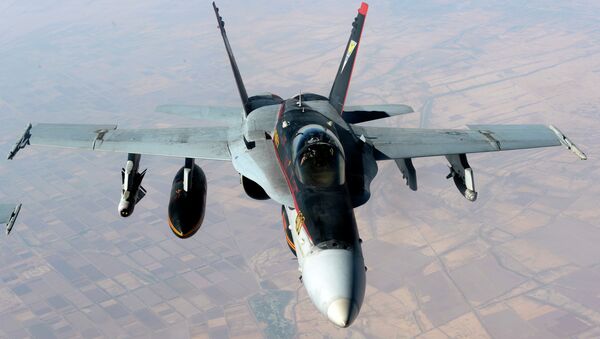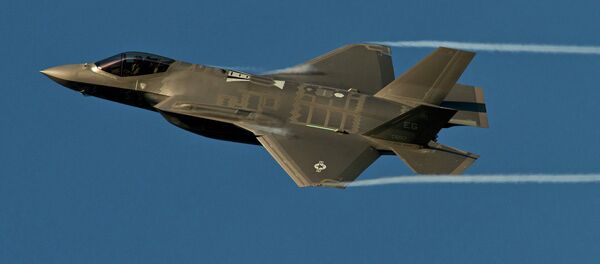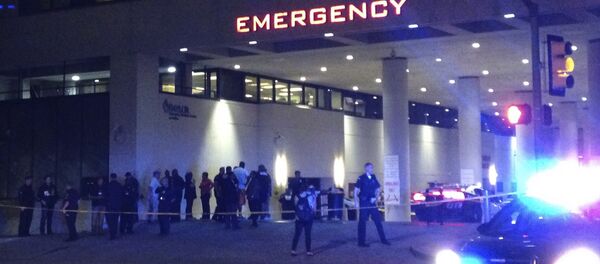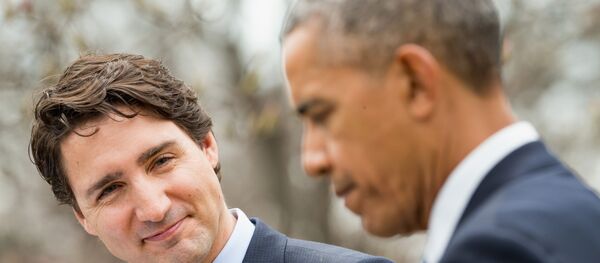In the face of continued extortion efforts by Lockheed Martin to force the Canadian government to purchase the defective F-35 Lightning fighter jet at a staggering cost of nearly $200 million per unit, Ottawa appears intent on procuring Boeing’s F/A 18E Super Hornet to replace the air force’s aging CF-18 fighter fleet citing lower costs, earlier availability, and higher performance.
Lockheed Martin has said that if Canada were to conduct business with Boeing for their fighter jets that the company would remove all of its operations from the country resulting in roughly 10,000 high paying jobs being outsourced creating substantial economic dislocation for factory workers.
Canada tried to level with Lockheed Martin suggesting that instead of making a decision on the fighter jet based on currently available information, that instead the country should conduct a competition to see which fighter jet meets Ottawa’s defense needs. Lockheed immediately balked saying the clock is ticking before they walk out the door – an apparent acknowledgement of the F-35’s inferiority.
Unlike the F-35 which features a surprisingly clunky 'stealth' design with a litany of technical malfunctions and an inability to win a dogfight against 42-year-old F-16 fighters, the F/A 18E Super Hornet is an aeronautical wunderkind at 20% of the cost.
Both fighter jets have a maximum speed of nearly 1,200mph (1931 kmh), but unlike the F-35 that overly relies upon its stealth characteristics, the Super Hornet takes a "balanced approach" to pilot safety and survivability in its design. The design incorporates a combination of signature reduction, advanced electronic-warfare capabilities, reduced ballistic vulnerability, and the use of standoff weapons.
Although the Super Hornet is a 20-year-old design, Boeing has made a series of updates to the fighter jet to reduce the radar cross-section in the front and the rear exposing pilots to provide a stealth-lite appearance to radar systems.
The F-35 Lightning, by contrast, is completely dependent on its purportedly stealth design, but recent tests by Russia’s military has already exposed the myth that the fighter jet cannot be seen by enemies.
Finally, having been a successful fighter jet flown by leading militaries around the world, the Super Hornet has had the benefit of upgrades and pilot feedback while the F-35, itself now a nearly 15 year design, cannot even get off the production shelf after failing to even qualify for basic situational testing.
Whereas survivability is a primary component of the Super Hornet, the F-35 is effectively a death trap for its pilots replete with Martin Baker ejection seats that have been shown in testing to instantly snap the neck of or decapitate pilots weighing less than 135 pounds while pilots between 135 pounds and 160 pounds are believed to be at a substantially heightened risk. The fighter jet also has faced continued testing delays due to a software glitch that causes it to sporadically shutdown midflight.
Ultimately, Lockheed put a gun to Canada’s head in the terms of lost jobs, but Prime Minister Justin Trudeau refused to blink deciding that it is better to bridge the country’s aerial defense "capability gap" by having a fighter jet that is ready to perform today than wasting billions in taxpayer dollars and years of lost time for an aircraft nobody is really all too thrilled about.
Just to Canada’s south, American taxpayers continue to be on the hook for a growing sum that now exceeds over $1.5 trillion for a fighter jet expected to maybe be operational this decade.






